A Kaiser Permanente employee starts a bone marrow donor awareness program that could help a fellow employee who desperately needs a transplant. Pictured above, Mika Yoshino poses with employee Jonathan Sibrian, as he takes a cheek swab during a bone marrow donation registration drive.
Mika Yoshino isn’t an emergency room doctor or a trauma surgeon, but the Kaiser Permanente employee is doing work that has the potential to save countless lives.
By day, Yoshino is a director with the Digital Experience Center team. In her spare time on nights and weekends, she works on Will You Marrow Me?, a program she launched in October 2015 to encourage Kaiser Permanente’s diverse employee workforce to register as bone marrow donors.

“Every four minutes someone in the U.S. is diagnosed with a blood cancer, such as leukemia or lymphoma, and 70 percent of these patients don’t have a matching marrow donor in their family,” she explained. “Right now, there are over 12,000 patients waiting for a match.”
An Employee in Desperate Need
One of those patients is 33-year-old Kaiser Permanente Southern California employee Aaron Lee, a senior consultant in Health Innovation. Last summer, he was diagnosed with a rare and aggressive form of lymphoma that is now resistant to first-line chemotherapy. Lee needs a matching marrow donor to save his life, and time is running out.
The day after Lee learned that he would need a marrow transplant, he read about Mika Yoshino’s Will You Marrow Me? program. In a phone interview from his hospital room in Los Angeles, Lee said, “It felt like fate.”
“Whether or not I’m able to get my match, it’s still meaningful to help others find theirs,” he said. “I hope my story helps other employees understand that they can do something very simple to save a life.”
Race and Ethnicity Matter
Yoshino’s interest in marrow donations was sparked 2 years ago when her niece Nora told her about a biracial classmate who was struggling with leukemia and was having difficulty finding a bone marrow donor match. Aaron Lee is also biracial; his dad is Chinese and his mom is Ashkenazi Jewish.
The markers used in matching are inherited, so patients are more likely to find a match from someone of their own race or ethnicity. The problem is that nearly 70 percent of registered bone marrow donors in the United States are Caucasian and all other ethnic groups are significantly underrepresented.
“If you need bone marrow and you’re not Caucasian, you’re going to be waiting a long time,” Yoshino said.
Making a Difference
As a longtime Kaiser Permanente employee, Yoshino knew the organization prides itself on its diverse workforce. It has more than 190,000 employees across the country, with more than 122,000 of them from racial and ethnic groups that are underrepresented in the national bone marrow donor registry.
She launched Will You Marrow Me? after being selected to present her idea at an innovation conference for Kaiser Permanente Marketing, Sales, Service, and Administration teams.
“I knew that many KP employees would want to be a part of this work and help make a difference in the lives of those in need,” she said.
Since that conference, Yoshino has partnered with the Asian American Donor Program and has held 8 bone marrow donor registration drives in California and Colorado that have prompted 125 employees to register as possible donors.
After being on a waiting list for more than a year and getting progressively weaker over time, the boy who sparked Yoshino’s volunteer effort received a successful bone marrow transplant and is now doing well. But Yoshino knows thousands of others, like fellow employee Aaron Lee, are still waiting.
Tyana Harte contributed to this story.
Learn more about bone marrow donation from the Asian American Donor Program or Be the Match, operated by the National Marrow Donor Program. If you would like to help Aaron Lee and other patients awaiting bone marrow transplants, go to the Kaiser Permanente Be The Match registry page. Donors between the ages of 18 and 44 provide the greatest chance for transplant success.
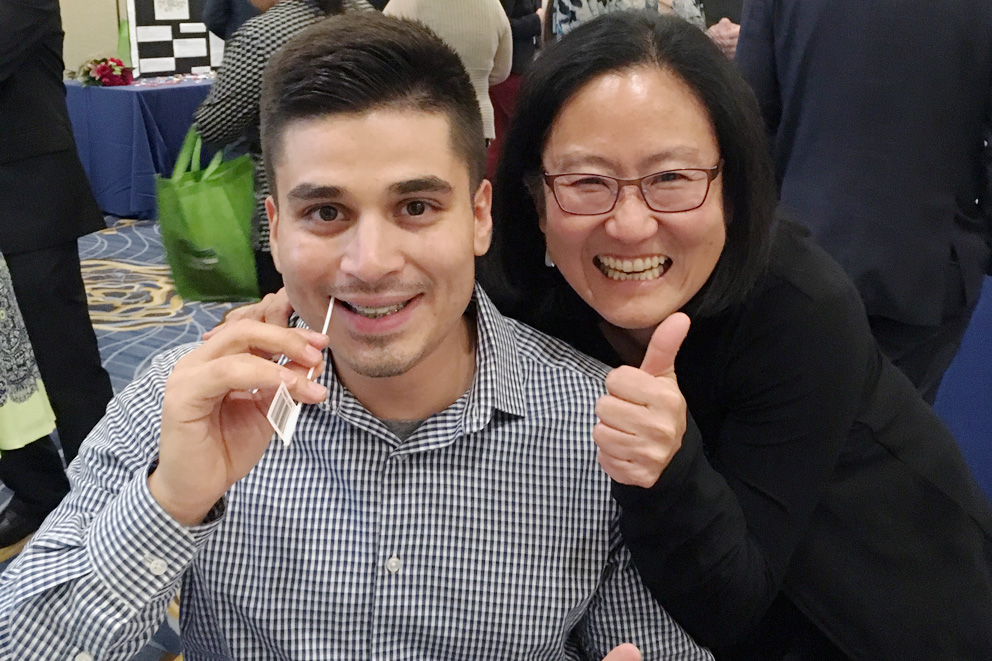
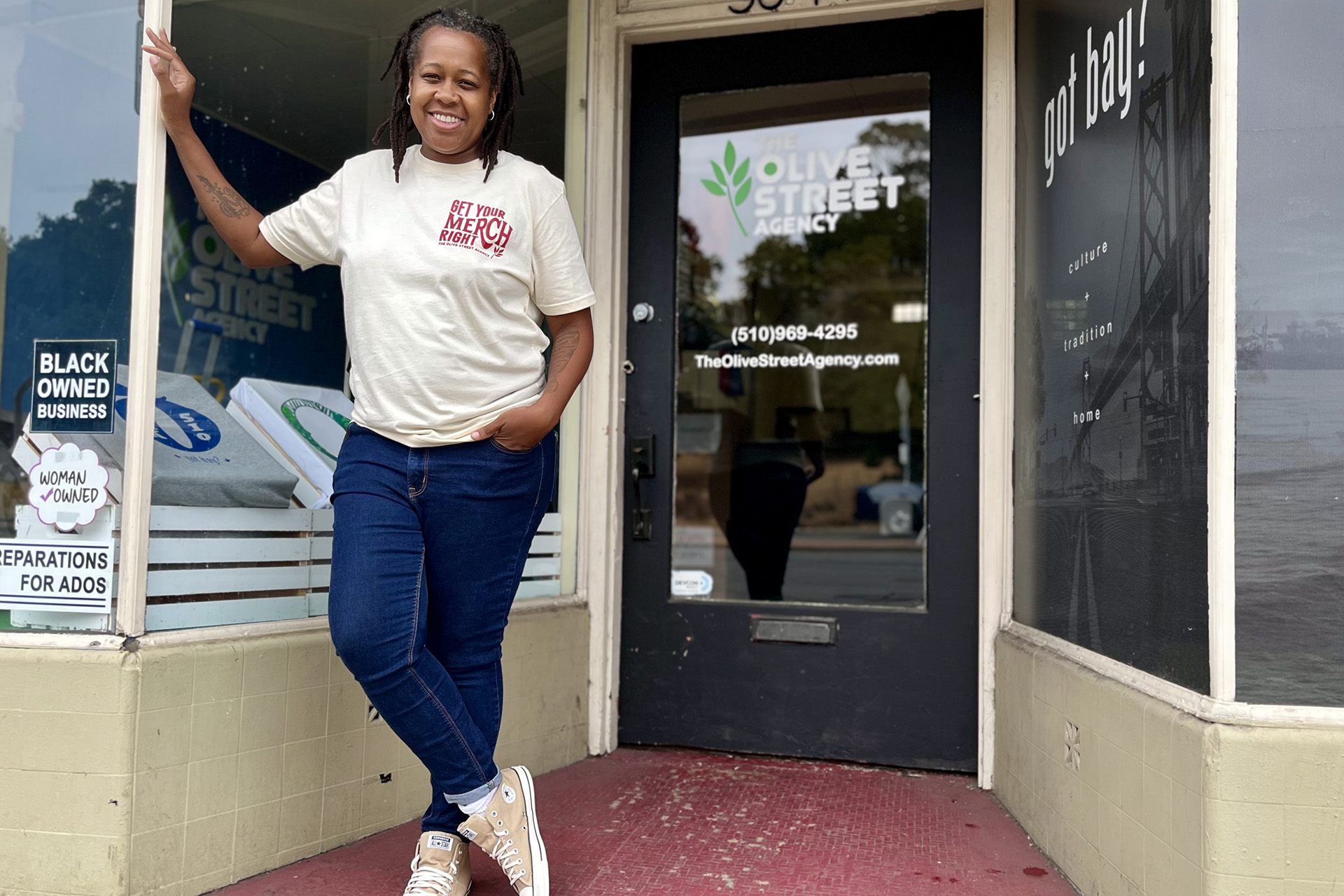
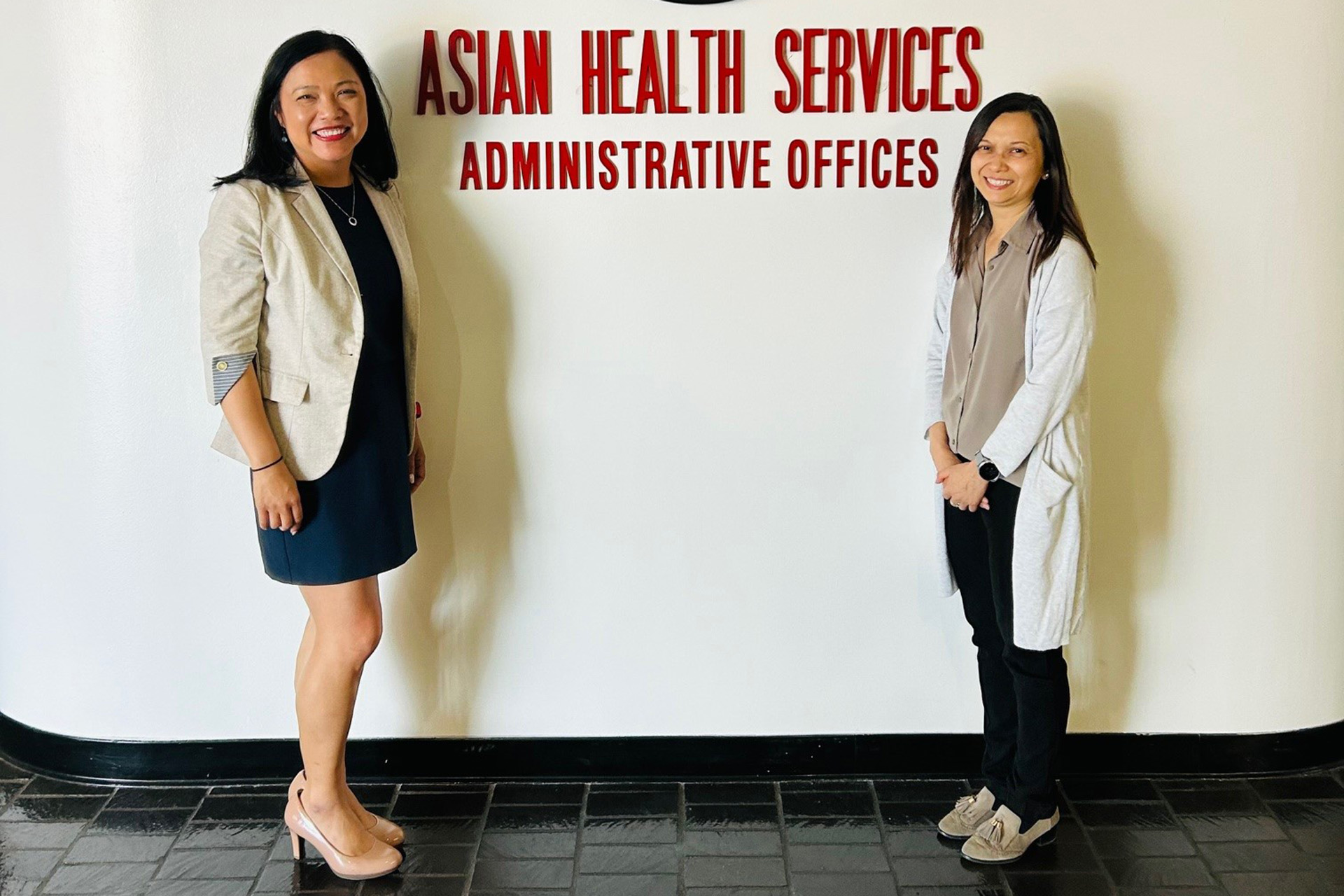
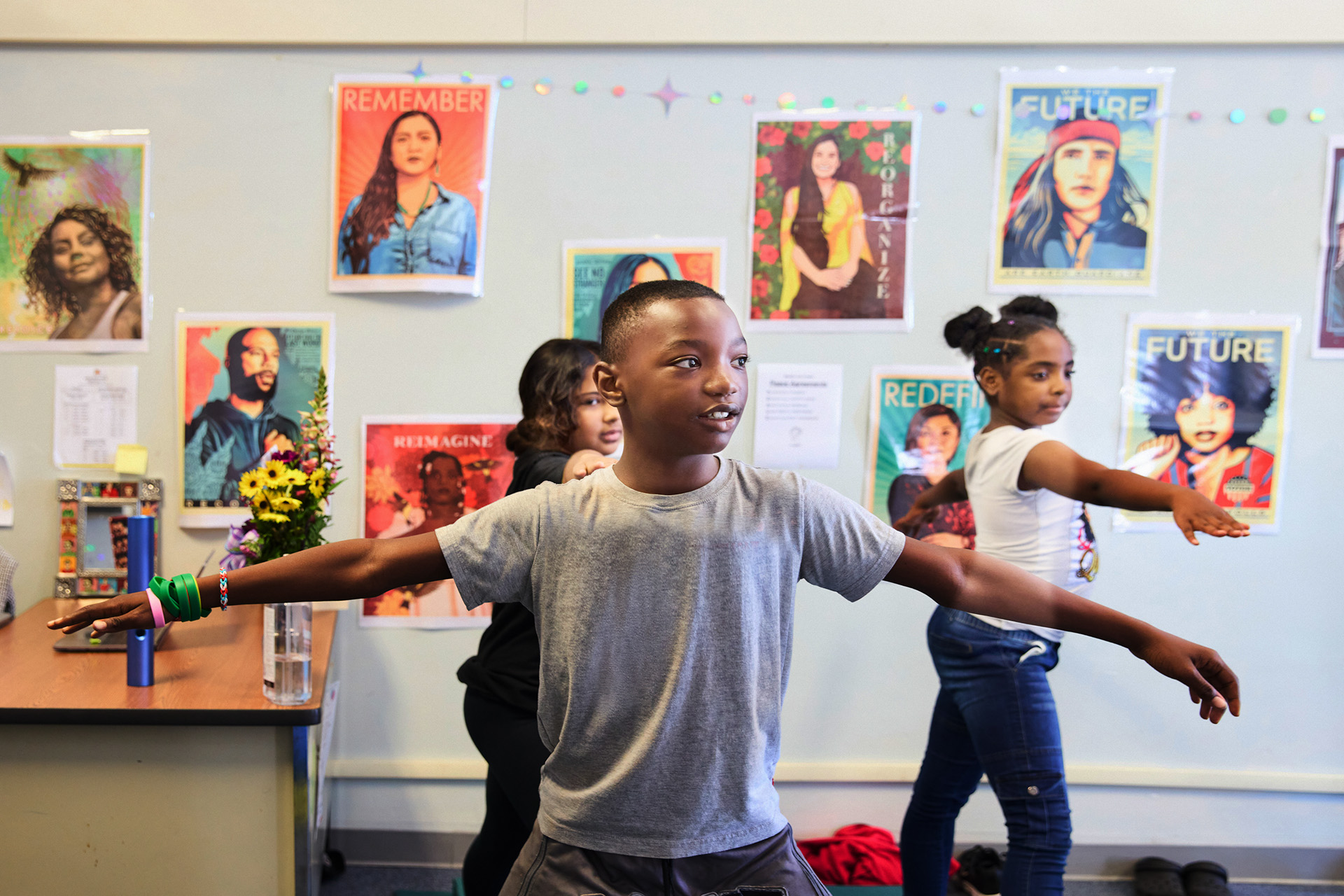
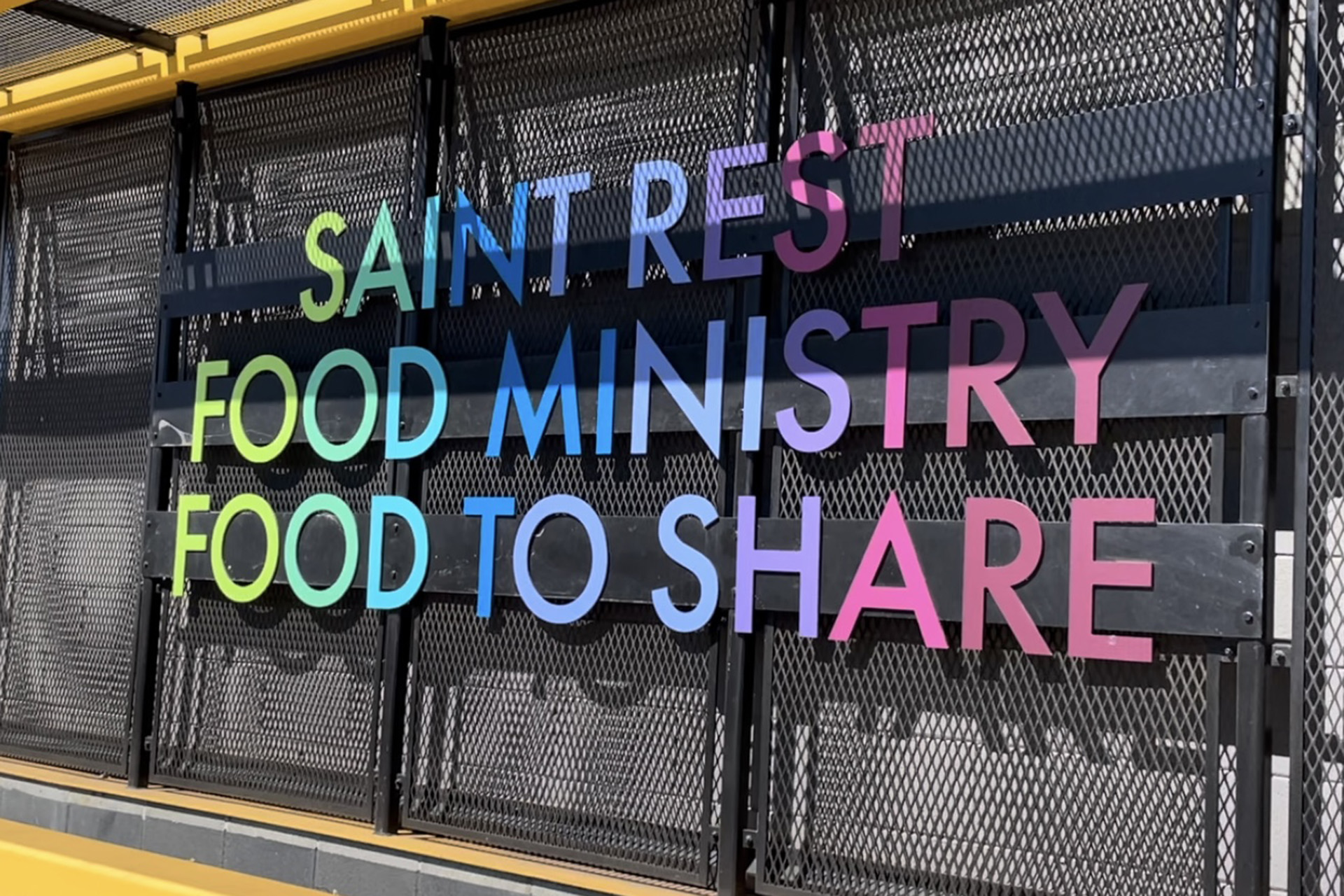
This Post Has 7 Comments
Is being a donor very invasive? Health wise, what does it require?
Yesenia, There are two methods of donation: PBSC and bone marrow. You can read the specifics about how these donations work and what they require at bethematch.org, under the heading “Transplant Basics.”
Awesome work Mika!!
This is great!!!!!!!
You rock, Mika!!!!
Is there a way to contact Mika Yoshino? I would love to be involved, share the experience (there’s a lot of fear about pain in donating), and also encourage people to sign up. Additionally, as a successful donor at the age of 46, I’m concerned that seeing that age range may discourage people from becoming involved. I do see that it says “greatest chance for transplant success” but still it may discourage.
Melissa, You can reach Mika Yoshino at mika.yoshino@kp.org.